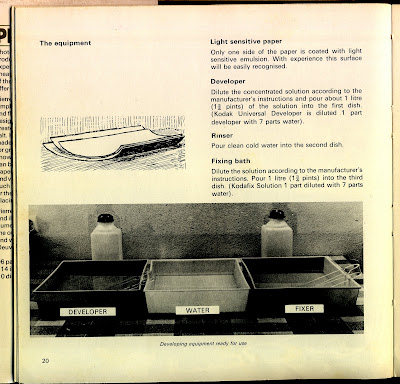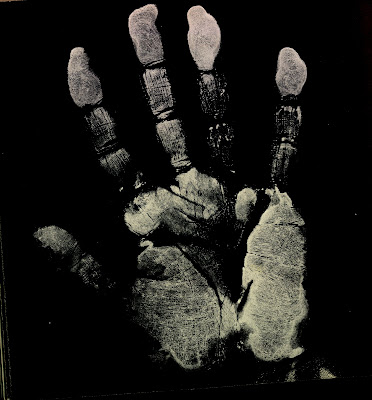Traditional Crafts
I have been Knitting and French Knitting, of different variations, I thought I would look at some traditional techniques and just remind myself some of the basics. I would like to recreate the idea of French knitting in a much larger scale. This Book "The Big Book Of Needlecraft" was My Nan's, she gave it to my mum who in turn gave it to me. It was printed in 1935. I has all the basic information that I will need; with clear instructions, most of which I know but it is always helpful to go back and relearn what I know as i could find a new way or better traditional way of Knitting my matirials together. More so that I am trying to adapt the idea of knitting with Plastic and video tape on a large scale, a scale which would get people interacting, communicating and understanding the posses as well as material. "Knitting; Combining a piece of thread with two needles into a piece of fabric. The word is derived from knot, thought to originate from the Dutch verb knutten, which is similar to the Old English cnyttan, to knot.[1] Its origins lie in the basic human need for clothing for protection against the elements. More recently, knitting has become less a necessary skill and more a hobby."

Crochet
Qoute from the "The Big Needlecraft" book ;
"Nowadays crochet with its colour is so much more attractive than it used to be in the Bygone days, when yarns and yards of white edges were produced-no wonder interest bygone to wane, but with the introduction of colour crochet has taken on a new lease of life. . "
"Every woman and child should be able to crochet, it is so usefully and easy, just one implement to handle and no dropped stitches. It is good for Picking up at the odd moments and handy for carrying around. "


Knitted Lace
"Knitted lace is one of those crafts that come and go as Fashion dictates. In this matter in this manner it resembles many of its sister crafts, such as cross stitch and drawn thread work. It makes a vary dainty edging for ornamental Purposes when done with a fine linen thread, and an equally satisfactory edging when worked in wool and knitted with knitted pins. The wool edging is usually done as a finish to a shawl."


knitting
"In knitting woollen garments, great care should be given to the choice of needles suitable for the wool used. Knitting should Never be worked so tightly as to feel at all stiff. It should be soft light, and full of elasticity. . . . . "
"Always wind wool loosely around the fingers wool that is wound in to tight ball will lose its elasticity and in consequence the garment is made hard. . . . "
Joining the wool. The joining of the wool is vary important. The old and the New wool should be firmly and neatly joined so that there is no chance of the ends becoming loose or slipping out."




Knitted Lace
Qoute from the "The Big Needlecraft" book ;
"Knitted lace is one of those crafts that come and go as Fashion dictates. In this matter in this manner it resembles many of its sister crafts, such as cross stitch and drawn thread work. It makes a vary dainty edging for ornamental Purposes when done with a fine linen thread, and an equally satisfactory edging when worked in wool and knitted with knitted pins. The wool edging is usually done as a finish to a shawl."

Here on the left are examples of embroidery and on the right types of lace knitting edges.

knitting
"In knitting woollen garments, great care should be given to the choice of needles suitable for the wool used. Knitting should Never be worked so tightly as to feel at all stiff. It should be soft light, and full of elasticity. . . . . "
"Always wind wool loosely around the fingers wool that is wound in to tight ball will lose its elasticity and in consequence the garment is made hard. . . . "
Joining the wool. The joining of the wool is vary important. The old and the New wool should be firmly and neatly joined so that there is no chance of the ends becoming loose or slipping out."











